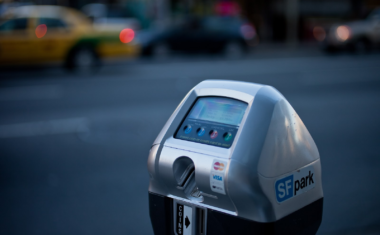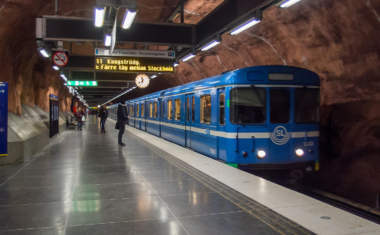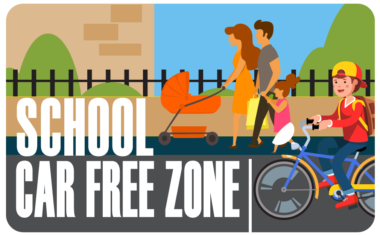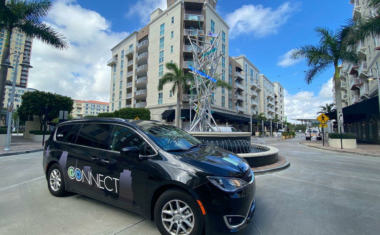Self-Driving Shuttles
- 6 min to read
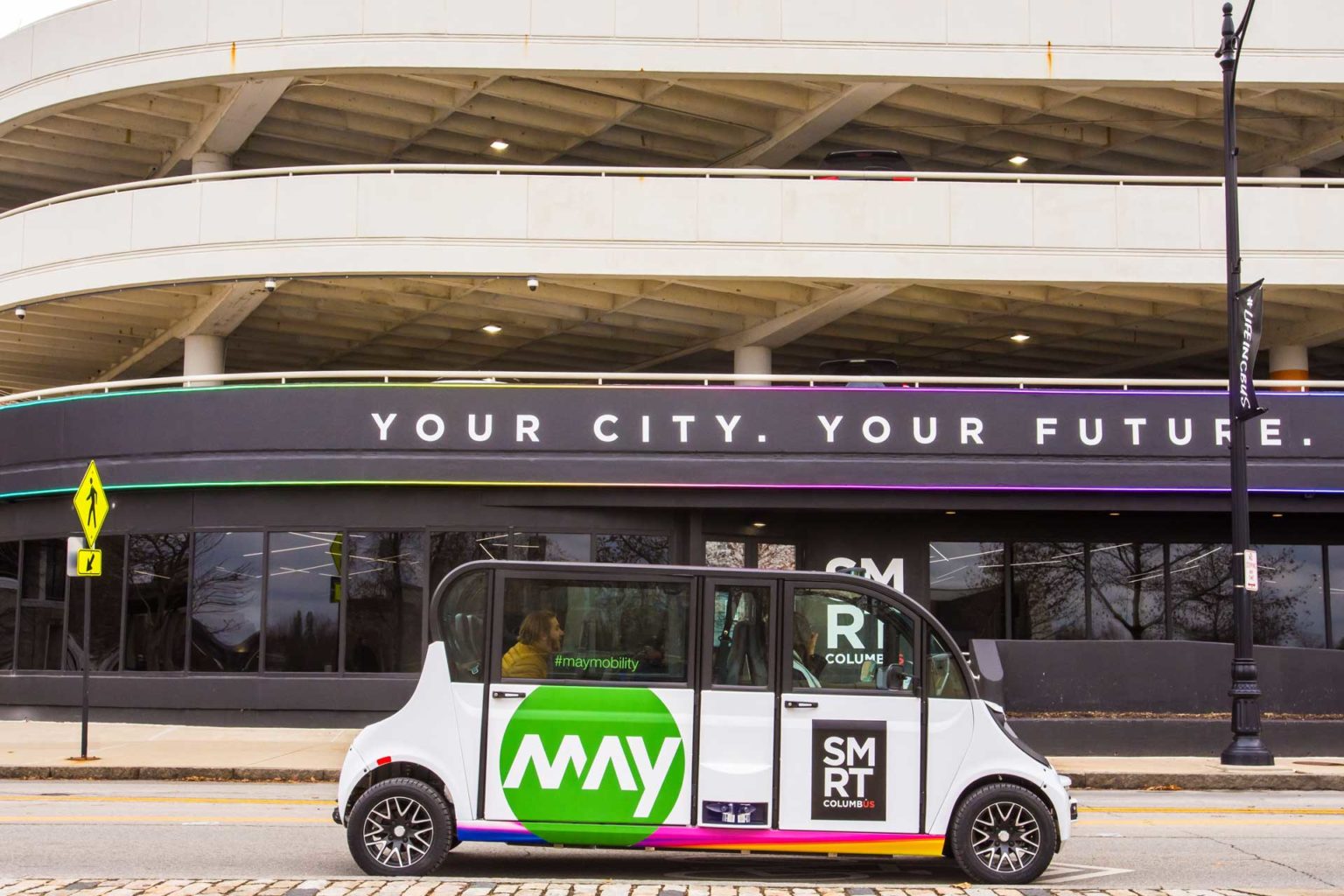
About the city.
Columbus, Ohio, is America’s test market. Fast food chains test hamburgers here. Clothing companies test designs here. And since winning the U.S. Department of Transportation’s Smart City Challenge in 2016, earning $40 million in grant funding from the U.S. Department of Transportation, as well as a $10-million grant from Paul G. Allen Philanthropies, Columbus has also become the place where innovative transportation technologies are tested.
Goal
The main goal is the usage of self-driving shuttles to close transportation gaps to reaching public transportation, affordable housing, healthy food, childcare, recreation and education.
Implementation period. Ohio’s first self-driving shuttle was launched in December 2018, project is still developing
Fact
Columbus was dubbed “America’s Smart City,” a designation bringing with it the challenge to reinvent mobility in the capital city and serve as a model for connected urban areas of the future.
Solutions
- Sensors around the vehicle detect obstacles or pedestrians around it.
- Vehicles are able to learn the routes and learn the things around them.
- There is also an operator that is inside the vehicle at all times to take over in case something is needed.
- Keyboard controls the other car functions.
Smart Circuit circles the Scioto Mile in downtown Columbus, providing free rides to the Center of Science and Industry (COSI), the National Veterans Memorial and Museum, Bicentennial Park and the Smart Columbus Experience Center.
Smart Circuit offers residents and visitors a hands-on educational experience with self-driving technology. Self-driving electric vehicles deployed by May Mobility service the 1.5-mile route, with shuttles running daily from 6 a.m. to 10 p.m. The vehicles combine sensors and intelligent software to help them understand where they are and when to accelerate or stop for something in their path. An operator rides aboard each vehicle to oversee the technology.
Smart Columbus has selected EasyMile as its service provider for the Linden route, and now system buildout is underway. The route will use EasyMile’s EZ10 vehicle, a 15-passenger, ADA-accessible, electric, self-driving shuttle that is today the most deployed autonomous shuttle in the world. As on Smart Circuit, trained operators will sit on board the shuttles at all times to oversee their operation. These operators also engage with passengers and provide mobility assistance to those who need it.
Challenges
Surveys of potential riders and industry research revealed that the technology available today is not quite ready to serve the use case Ohio city originally envisioned.
During community research, the Smart Columbus team heard Linden residents voice the need to better connect to key community assets (such as St. Stephens Community House and the Linden Transit Center).
Smart Columbus researched the practical and technical feasibility of four routes linking community resources. Ultimately, city chose a route that will help to solve “first-mile / last-mile” mobility challenges in the Linden neighbourhood by providing free rides between St. Stephens Community House, Douglas Community Recreation Center, Rosewind Resident Council and Linden Transit Center. Together, these locations provide residents with resources they need to live, including public transportation, affordable housing, healthy food, childcare, recreation and more.
Team
DriveOhio, The Ohio State University, St. Stephen’s Community House, City of Columbus Department of Recreation and Parks, Columbus Metropolitan Housing Authority, and Central Ohio Transit Authority.
Timeline
From December 2018 to September 2019, more than 15,000 people rode the shuttles.
If you notice an error or inaccuracy in our editorials, please email [email protected] so we can look into it.

